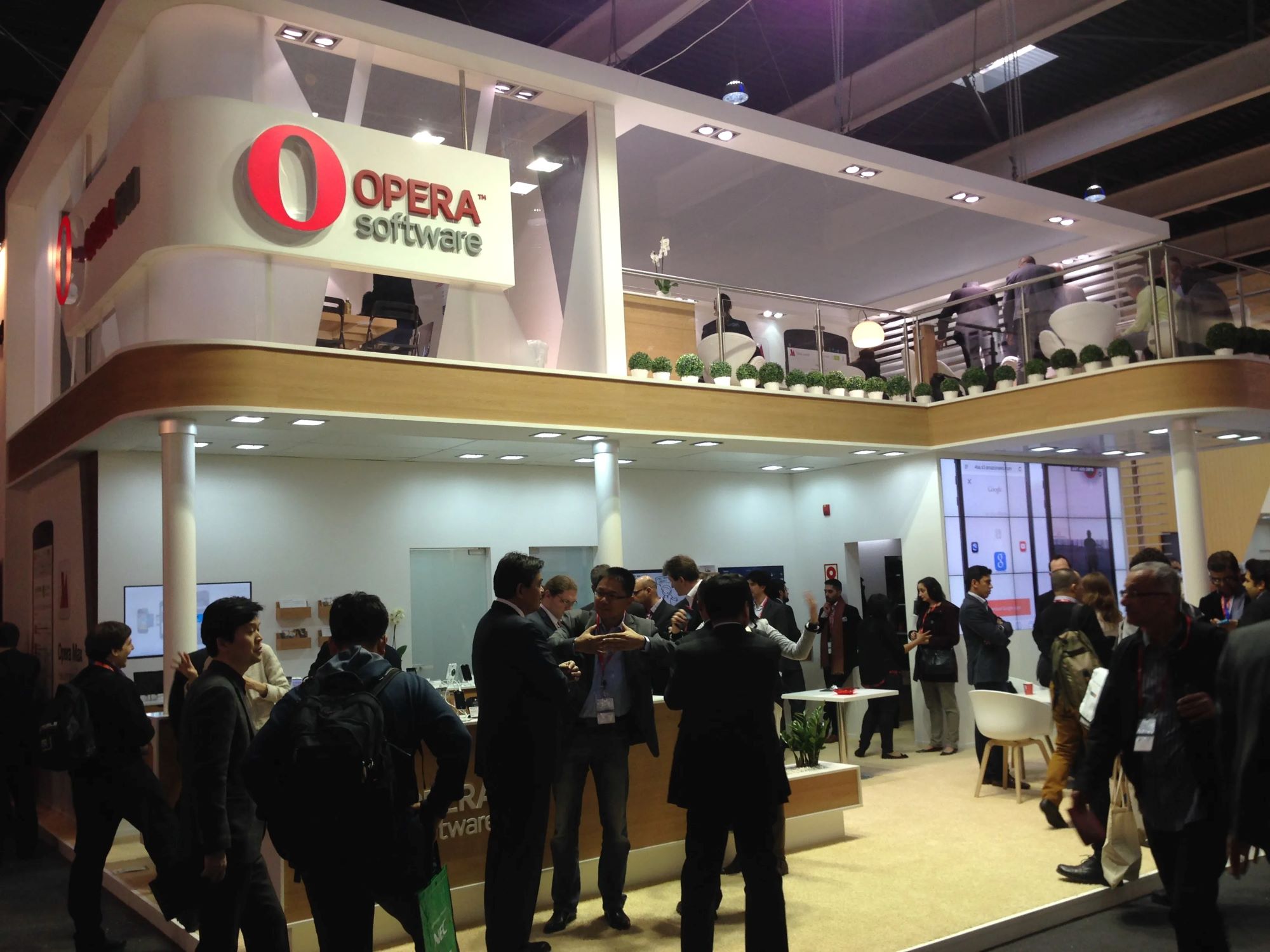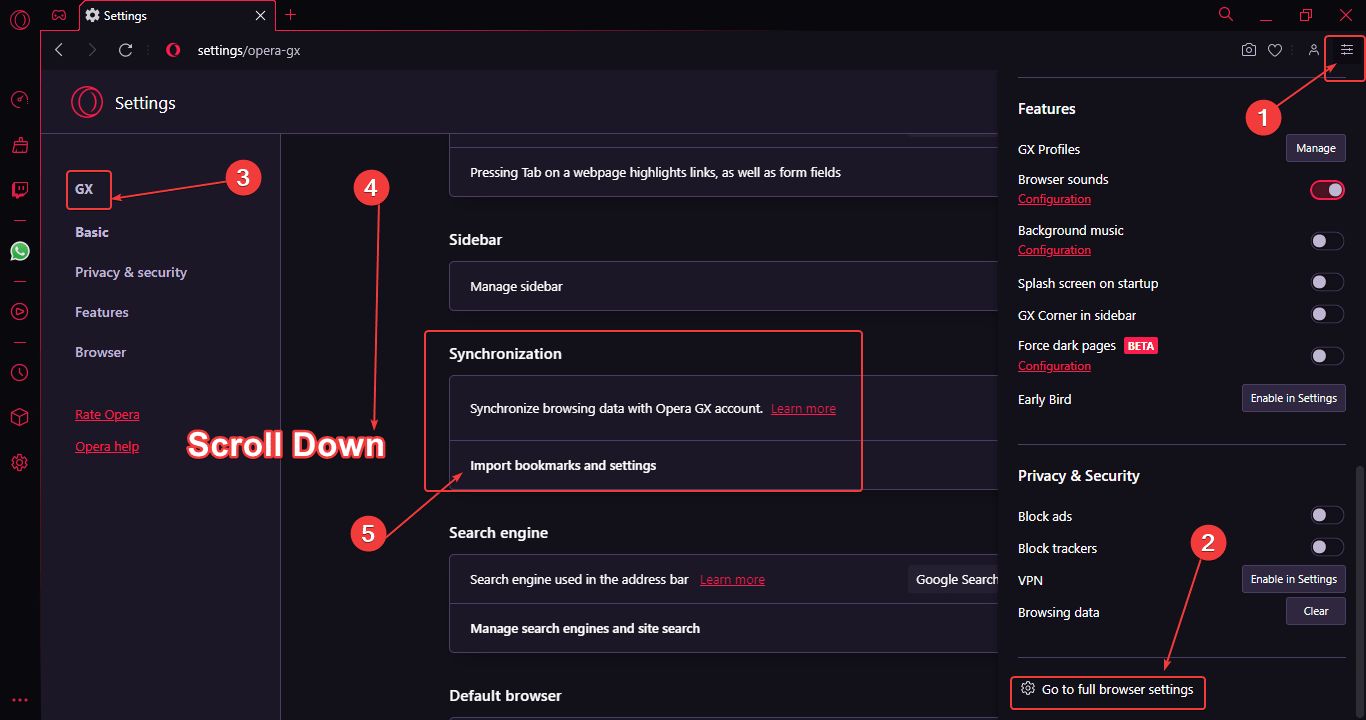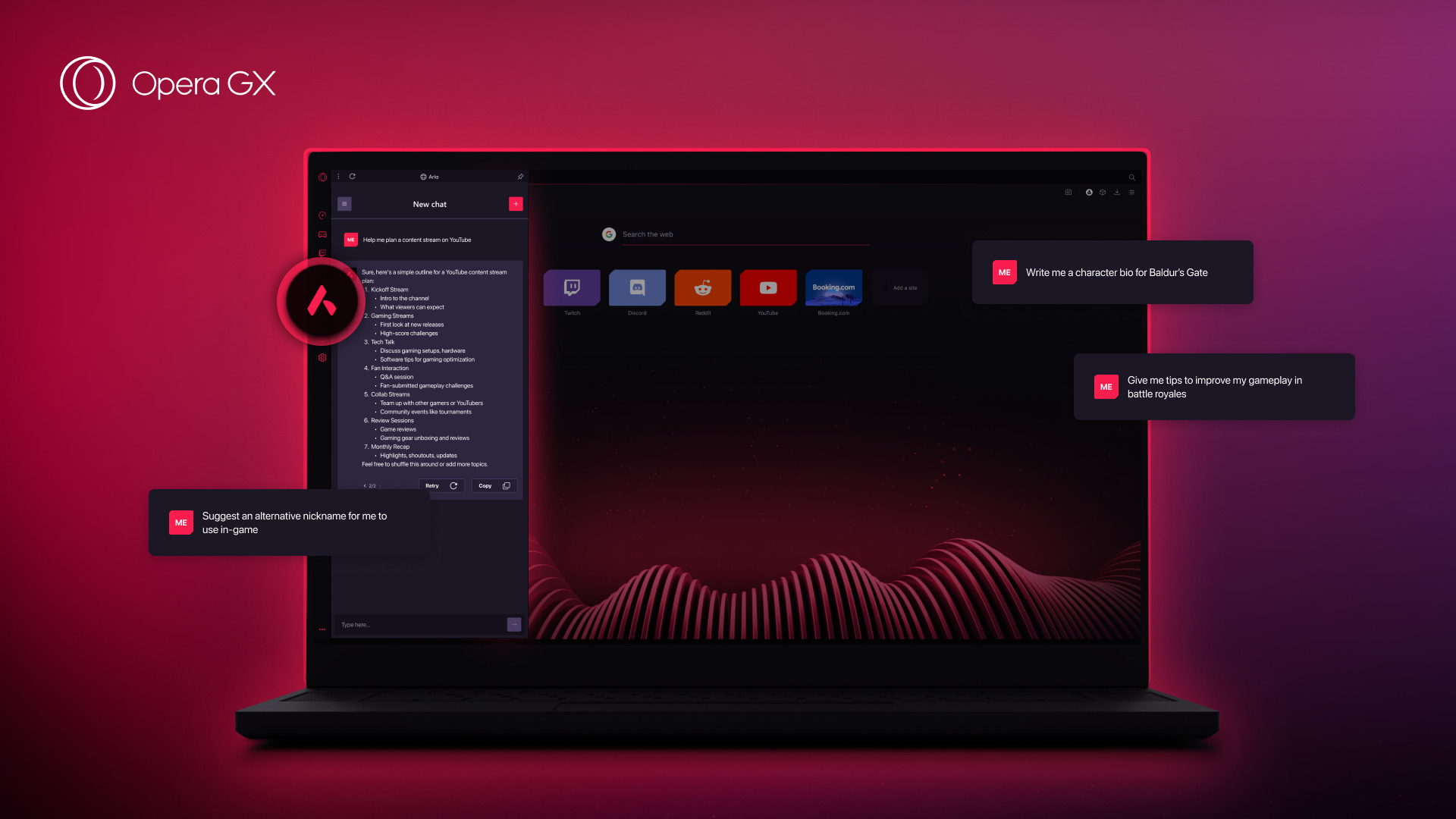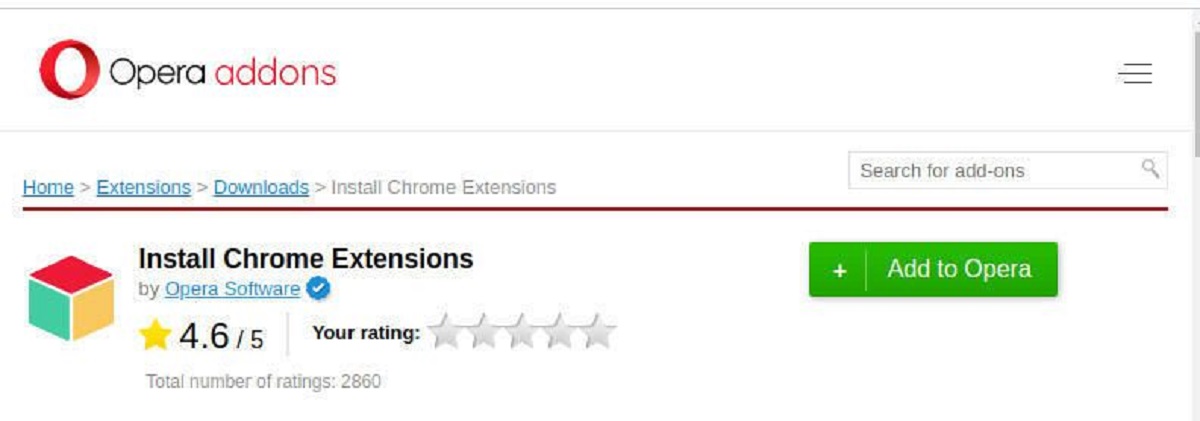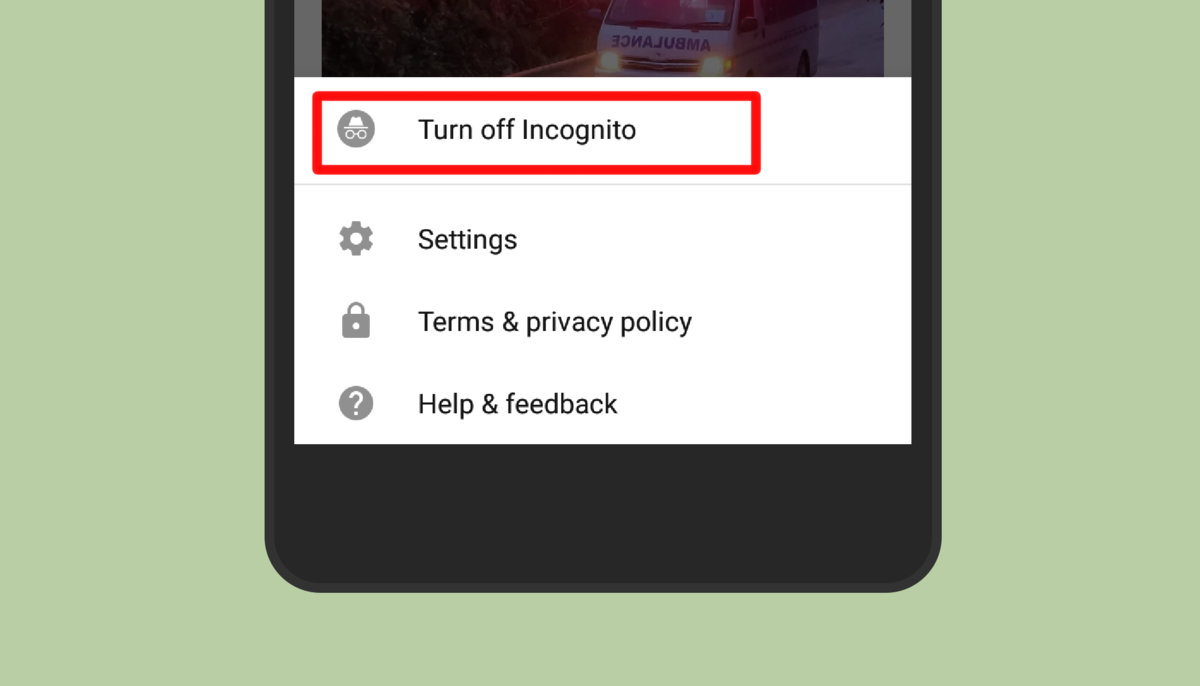Introduction
Opera browser is one of the most popular web browsers available today, known for its speed, security, and innovative features. With a user-friendly interface and a plethora of customization options, Opera has garnered a loyal user base since its inception. However, when it comes to the question of who owns Opera browser, the answer isn’t as straightforward as it may seem.
Over the years, Opera browser has undergone various ownership changes, making its ownership structure quite interesting and dynamic. Different companies and consortiums have held ownership of Opera at different times, each contributing to its development and growth in their own way.
In this article, we will delve into the history and evolving ownership of the Opera browser, shedding light on the various entities that have played a role in its development. From its early days as an independent entity to its current ownership structure, we will explore the journey of Opera browser and the key players behind it.
It is worth noting that the ownership changes have not hindered the consistent evolution of Opera browser. Throughout its various transitions, the browser has maintained its commitment to providing users with a high-quality web browsing experience.
So, let’s take a closer look at the timeline of Opera browser’s ownership changes and the entities that have shaped its development over the years.
Brief History of Opera Browser
Opera browser, developed by a Norwegian software company called Opera Software, was first released in 1995. The browser quickly gained recognition for its innovative features and efficient performance, becoming a notable player in the web browsing market.
One of the key aspects that set Opera browser apart from its competitors was its focus on speed. Opera pioneered many performance-enhancing technologies, such as opera turbo, which compressed web pages to accelerate loading times, especially on slower internet connections.
Additionally, Opera implemented a tabbed browsing interface before it became a standard feature in other browsers. This allowed users to open multiple web pages within a single browser window, improving multitasking and overall user experience.
Opera also introduced Opera Link, a feature that allowed users to synchronize their bookmarks, speed dial, and other preferences across multiple devices, making it convenient for users to access their personalized browsing experience wherever they were.
In the early years, Opera browser primarily catered to power users who appreciated its advanced functionality, configurability, and dedication to adhering to web standards. However, as the browser gained popularity, it started including user-friendly features and a more intuitive interface to attract a wider audience.
Throughout its history, Opera browser has always been at the forefront of implementing new web technologies. It was one of the first browsers to support cascading style sheets (CSS), mouse gestures, and tabbed browsing. It also introduced features like built-in email and an integrated BitTorrent client, making it a versatile tool for internet users.
Despite facing stiff competition from other popular browsers like Internet Explorer and Mozilla Firefox, Opera managed to carve out a dedicated user base due to its unique features and performance advantages.
Now that we have explored the brief history of Opera browser, let’s delve into the ownership changes that have shaped its journey.
Ownership Changes Over the Years
Throughout its existence, Opera browser has experienced several significant ownership changes that have influenced its development and direction. The browser’s ownership has shifted between different entities, each bringing their own expertise and vision to the table.
In the early years, Opera browser was developed and maintained by Opera Software ASA, a Norwegian software company. This independent ownership allowed Opera Software to focus on innovation and building a strong foundation for the browser’s future growth.
In 2016, Opera Software ASA was acquired by a Chinese consortium consisting of Kunlun Tech, Qihoo 360, and Golden Brick Capital. This acquisition marked a significant turning point for Opera browser, as it opened doors to new opportunities and resources. The Chinese consortium aimed to expand Opera’s presence in both desktop and mobile markets, particularly in China.
However, in 2018, Opera Software ASA underwent another ownership transition. The company split into two separate entities: Opera Software ASA, which retained ownership of the Opera browser’s technical assets, and Opera Limited, a newly formed company that took over the browser’s consumer business.
Opera Limited, headquartered in Norway, became the entity responsible for the development, distribution, and support of the Opera browser. This move allowed Opera browser to maintain its independence while focusing on continued innovation and providing users with a seamless browsing experience.
It is important to note that despite the ownership changes, Opera browser remained committed to its core principles of speed, security, and user-centric design. The transition of ownership has allowed the browser to adapt to changing market dynamics and explore new avenues for growth.
As we delve deeper into the ownership structure of Opera browser, let’s take a closer look at Opera Software ASA and Opera Limited, the two distinct entities that have played a vital role in shaping the browser’s direction in recent years.
Opera ASA: Independent Ownership
In its early years, Opera browser operated under the independent ownership of Opera Software ASA. This Norwegian software company, founded in 1995 by Jon Stephenson von Tetzchner and Geir Ivarsøy, was solely dedicated to the development and maintenance of the Opera browser.
Under independent ownership, Opera Software ASA was able to focus on pushing boundaries and introducing innovations that set Opera browser apart from its competitors. The company’s commitment to delivering a fast, secure, and feature-rich browsing experience enabled Opera to gain a loyal user base.
One of the notable achievements of Opera Software ASA was its commitment to adhering to web standards. While other browsers struggled with proper rendering, Opera consistently prioritized compatibility with open web standards, which ensured a seamless experience for users across different websites.
Another groundbreaking feature introduced by Opera Software ASA was the Opera Mail client. This integrated email client offered users a convenient way to access their emails without having to switch between different applications. This further enhanced the productivity and efficiency of Opera’s users.
Furthermore, Opera Software ASA pioneered several features that have now become industry standards. Opera was one of the first browsers to introduce tabbed browsing, providing users with a more efficient way to manage multiple web pages within a single window. Additionally, Opera’s implementation of mouse gestures enabled users to perform common browsing tasks with simple swipes and gestures, eliminating the need for traditional buttons or menus.
During its time as an independent entity, Opera Software ASA remained dedicated to continuously enhancing the browser’s performance, security, and user experience. The company’s innovation-centric approach helped Opera establish itself as a credible alternative to other popular browsers in the market.
However, as the landscape of internet technology and competition evolved, Opera Software ASA eventually underwent ownership changes that would shape the future direction of the Opera browser.
As we move forward in our exploration of Opera browser’s ownership journey, let’s dive into the acquisition by the Chinese consortium and its implications on the browser’s development.
Acquisition by Chinese Consortium
In 2016, Opera Software ASA, the company behind Opera browser, was acquired by a Chinese consortium consisting of Kunlun Tech, Qihoo 360, and Golden Brick Capital. This acquisition marked a significant milestone for Opera browser and set the stage for its further expansion and development.
The Chinese consortium had strategic plans to leverage Opera browser’s technology and expertise to strengthen its position in the global browser market, particularly in China. Opera’s fast and secure browsing capabilities aligned well with the consortium’s goal of creating a competitive presence in the increasingly connected world.
One of the primary motivations behind the acquisition was Opera’s mobile business. The Chinese consortium recognized the immense potential of Opera’s mobile browser and its capabilities to enhance user experience across a range of devices. The acquisition aimed to capitalize on Opera’s mobile technology and further propel its growth in the rapidly expanding mobile market.
Under the new ownership, Opera browser continued its commitment to innovation and introduced features aimed at enhancing user engagement and satisfaction. This included the integration of various social media platforms, allowing users to directly share content and interact with their favorite social networks without leaving the browser.
Furthermore, the acquisition also opened up opportunities for Opera to collaborate with the consortium’s other entities. Qihoo 360, one of the members of the consortium, provided Opera with resources and expertise in areas such as internet security, further bolstering Opera’s reputation as a secure browser.
However, it is important to note that the acquisition by the Chinese consortium also brought about concerns regarding security and data privacy. Opera, being a globally recognized browser used by millions of users, had to address these concerns and reassure its users about the safety and confidentiality of their personal information.
While the acquisition marked a new chapter in Opera browser’s history, it also created a platform for future growth and expansion, particularly in China and other emerging markets. Opera’s collaboration with the Chinese consortium served as a catalyst for exploring innovative features and reaching a larger user base.
As we unravel the ownership structure of Opera browser, let’s now delve into the transition from Opera Software ASA to Opera Limited, the company responsible for the browser’s consumer business.
Opera Software ASA and Opera Limited
In 2018, Opera Software ASA, the company that developed and maintained Opera browser, underwent a major transition. The company split into two separate entities: Opera Software ASA and Opera Limited.
Opera Software ASA retained ownership of Opera browser’s technical assets, focusing on the development of the browser’s underlying technology and core features. This entity continued to drive innovation and improve the performance and functionality of Opera browser.
On the other hand, Opera Limited was formed as a new company that took over the consumer business of Opera browser. This entity became responsible for the distribution, marketing, and support of Opera browser, ensuring a seamless user experience for millions of users worldwide.
Opera Limited, with its headquarters in Norway, is committed to meeting the evolving needs of internet users and delivering a secure, fast, and feature-rich browsing experience. The separation of Opera Software ASA and Opera Limited allowed for a more focused approach to serving different aspects of Opera browser’s user base.
As an independent entity, Opera Limited continues to prioritize user privacy and data security. The company takes the necessary steps to safeguard user information, maintaining a transparent approach with regard to data collection and usage.
Opera browser, under the ownership of Opera Limited, has further expanded its reach by becoming available on multiple platforms, including desktops, mobile devices, and even gaming consoles. This broader accessibility ensures that users can enjoy the benefits of Opera’s features and performance across a wide range of devices.
Opera Limited has also continued to explore partnerships and collaborations to enhance the browser’s functionality and offer additional features to users. For instance, Opera partnered with cryptocurrency wallet provider, Bitmain, to integrate a cryptocurrency wallet directly into the browser, allowing users to seamlessly manage their digital currency holdings.
Additionally, Opera Limited has been dedicated to providing users with a personalized browsing experience. The browser offers a range of customization options such as themes, extensions, and a customizable start page, allowing users to tailor their browsing environment to suit their preferences.
As Opera Limited continues to shape the future of Opera browser, the company’s commitment to delivering a cutting-edge browsing experience remains strong. By focusing on user-centric design and innovation, Opera Limited aims to maintain its position as a leading browser in the highly competitive web browsing market.
Now that we have explored Opera Limited’s role in the ownership structure of Opera browser, let’s conclude our journey through its ownership changes.
Current Ownership Structure
The current ownership structure of Opera browser consists of two entities: Opera Software ASA and Opera Limited. While Opera Software ASA retains ownership of the technical assets and core technology behind the browser, Opera Limited oversees the distribution, marketing, and support of Opera browser to millions of users worldwide.
Opera Software ASA focuses on the ongoing development and enhancement of the underlying technology that powers Opera browser. This includes continuous improvements in areas such as performance, security, and compatibility with web standards. Opera Software ASA’s expertise and dedication to innovation play a crucial role in keeping Opera at the forefront of web browsing technology.
Opera Limited, as the consumer-facing entity, is responsible for making Opera browser available to users across different platforms and devices. The company ensures a seamless and user-friendly experience for Opera browser users through continuous support and updates. Opera Limited also focuses on user engagement and satisfaction by offering customization options, integrations with popular services, and partnerships that enhance the functionality of the browser.
As a whole, the ownership structure of Opera browser allows for a synergistic approach to its development and operation. Opera Software ASA’s technical expertise combined with Opera Limited’s consumer-focused approach ensures that the browser continues to evolve and meet the ever-changing needs of internet users.
Furthermore, Opera Limited maintains a commitment to user privacy and data security. The company employs measures to protect user information, and its transparent approach to data collection and usage aims to instill trust among Opera browser users.
In recent years, Opera browser has expanded its reach and availability on various platforms. This includes desktop operating systems such as Windows, macOS, and Linux, as well as mobile platforms like Android and iOS. Opera also offers a range of special versions tailored for devices like gaming consoles, further widening its accessibility.
Additionally, Opera browser has continued to innovate and integrate new features to enhance the browsing experience. With built-in ad-blocking, VPN functionality, cryptocurrency support, and more, Opera offers additional value to users beyond basic web browsing capabilities.
By keeping a finger on the pulse of the rapidly evolving internet landscape, Opera browser’s ownership structure remains poised to adapt and continue delivering a high-quality browsing experience for its users.
As we conclude the exploration of Opera browser’s ownership structure, it is clear that the combination of technical expertise, consumer-focused approach, and dedication to innovation has allowed Opera to establish itself as a reputable browser in the competitive web browsing market.
Conclusion
The ownership journey of Opera browser has been a dynamic and transformative one. From its early days under the independent ownership of Opera Software ASA to the acquisition by a Chinese consortium and the subsequent transition to Opera Software ASA and Opera Limited, the browser has consistently evolved and adapted to meet the needs of its users.
Throughout its history, Opera browser has remained committed to delivering a fast, secure, and feature-rich browsing experience. It has introduced innovative features, set industry standards, and prioritized compatibility with web standards. The focus on user-centric design and continuous innovation has helped Opera browser stand out among its competitors.
The current ownership structure, with Opera Software ASA and Opera Limited, allows for a harmonious collaboration between the technical development of the browser and its consumer-focused distribution. Opera Software ASA’s expertise in technology ensures the browser remains at the forefront of innovation, while Opera Limited’s dedication to user experience ensures seamless operation and support for millions of users worldwide.
Opera browser has expanded its availability on various platforms, catering to a wide range of devices and operating systems. It has also introduced additional features like ad-blocking, VPN functionality, and built-in cryptocurrency support, enhancing the overall browsing experience for its users.
Despite the ownership changes, Opera browser has maintained its commitment to user privacy and data security. The browser takes necessary measures to protect user information and is transparent about its data collection and usage practices, keeping user trust at the forefront.
In conclusion, the ownership changes in Opera browser’s history have shaped its development and contributed to its growth. From independent ownership to partnerships and acquisitions, Opera browser has embraced opportunities, leveraged expertise, and strived to stay ahead in the competitive web browsing market.
Looking ahead, Opera browser’s ownership structure positions it to continue adapting to emerging technologies and user expectations. With a strong focus on user experience, performance, and security, Opera browser is poised to remain a trusted and innovative choice for users seeking a top-notch browsing experience.







